.
The Wife of Bath and Winston
Smith Go on a Date
—after Geoffrey Chaucer’s Canterbury Tales
and George Orwell’s 1984
The Wife of Bath was fashionably late,
while propagandist, Winston Smith—her date—
sat waiting at the Chestnut Tree Café.
The buxom, gap-toothed dame walked with a sway
of ample hips, an amorous, long-toothed cat,
and sashayed up to where her suitor sat
in dark blue coveralls, all goo-goo eyed.
The telescreen, the Party, they defied,
and though Smith’s ulcer itched and he felt shy,
in Love’s embrace he planned that night to die.
“Oi! Waiter! Bring a jug of Victory gin!”
yelled Alyson, and though decreed a sin,
they toasted not BB, but one another—
a virtual middle finger to Big Brother.
A night of lust ensued, but much impressed,
the Thought Police deferred the pair’s arrest.
.
.
Paul A. Freeman is the author of Rumours of Ophir, a crime novel which was taught in Zimbabwean high schools and has been translated into German. In addition to having two novels, a children’s book and an 18,000-word narrative poem (Robin Hood and Friar Tuck: Zombie Killers!) commercially published, Paul is the author of hundreds of published short stories, poems and articles.




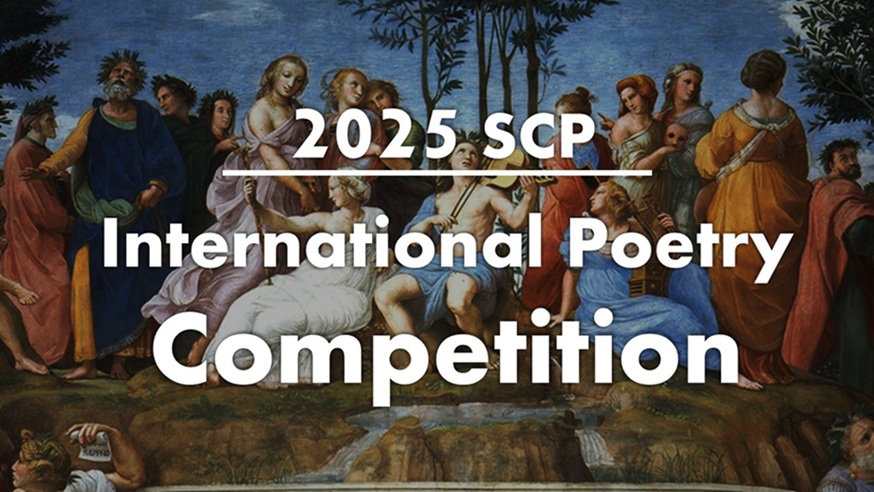
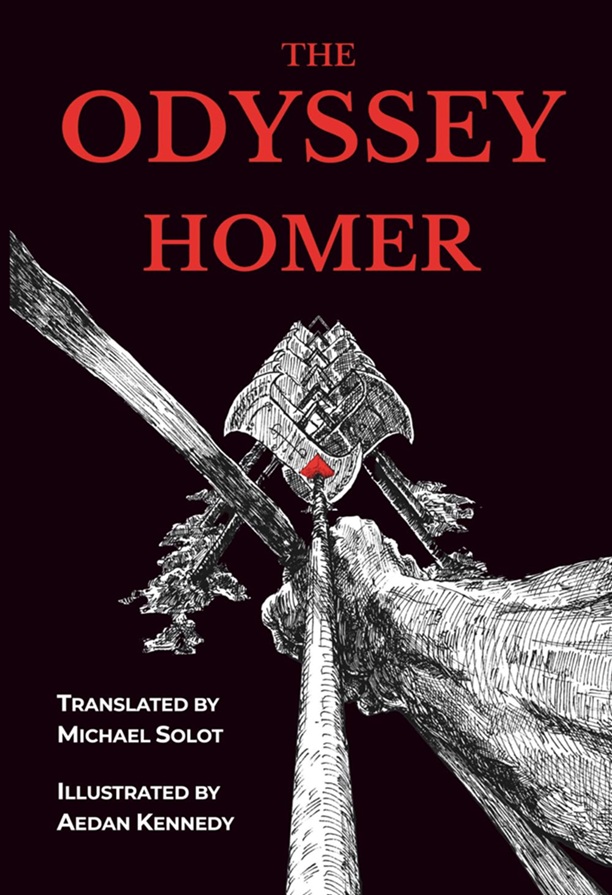

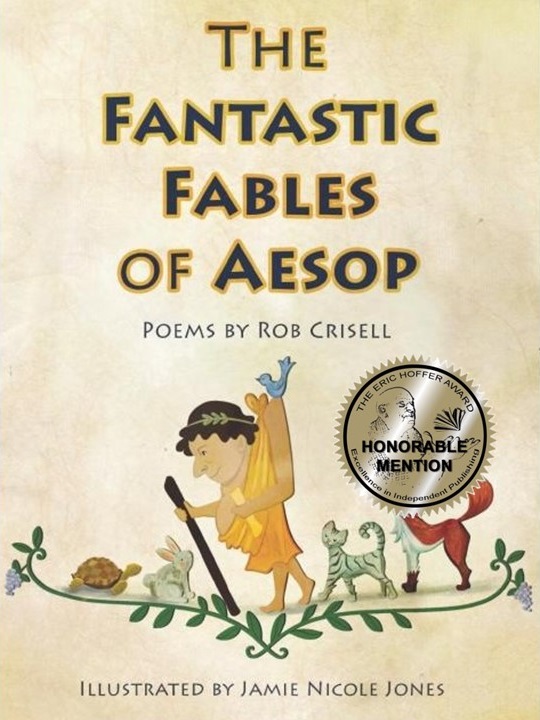
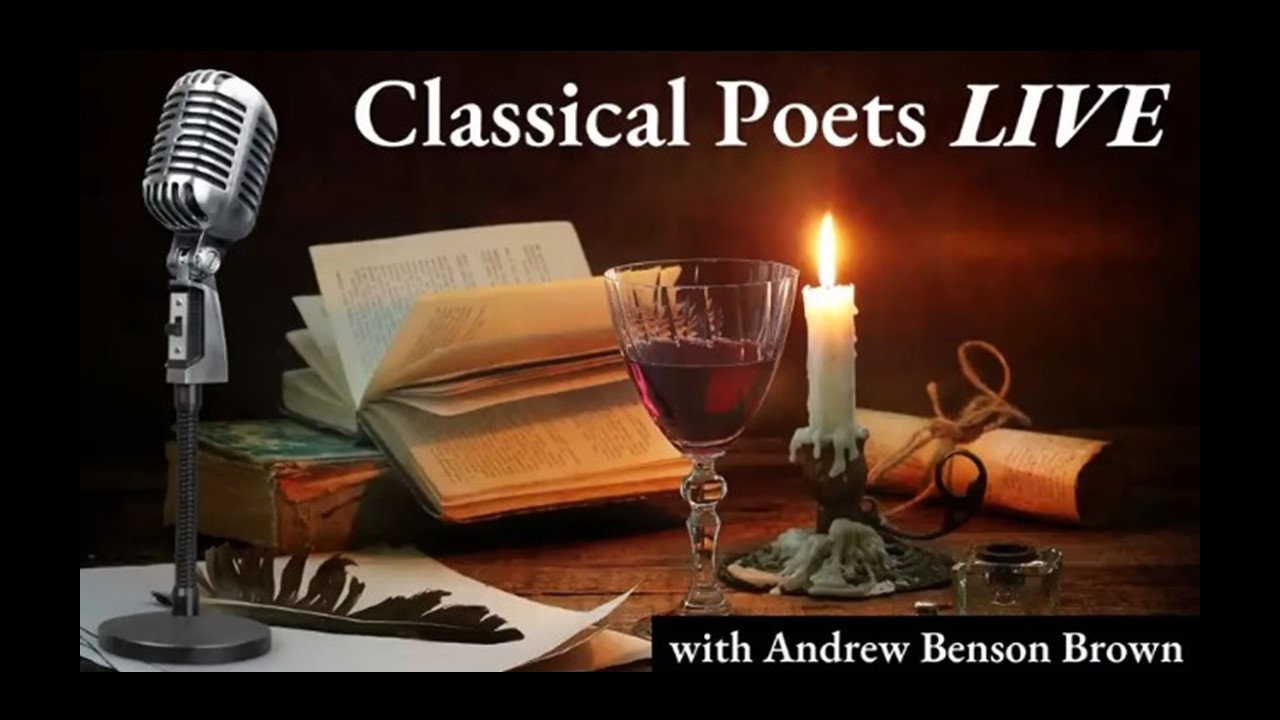

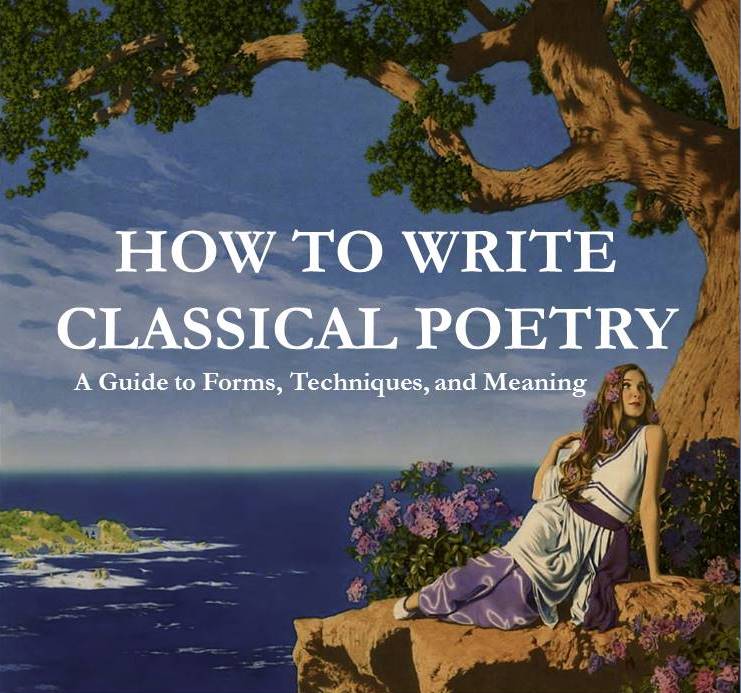




Interesting
In a recent competition we were asked to put two dissimilar literary characters on a date. I’m a great fan of the Canterbury Tales and its characters, and 1984 is a book I’ve read numerous times.
Thanks for reading and commenting.
Love the description of the Wife of Bath!
“The buxom, gap-toothed dame walked with a sway
of ample hips, an amorous, long-toothed cat,” –
And what a great literary pair-up. The randomness of your matchmaking reminds me, for one, of Chaucer’s implied role at the end of the Canterbury Tales as the Wife’s 6th husband (which is Chaucer’s good-humored dig at Dante for making himself the 6th of the great poets in Limbo), and for another of my own poem, “Consideration in Friendship,” in which I paired Dante and Virgil with Ratty and Mole for another seemingly random literary match up!
Again, thanks for this one!
Glad you enjoyed it, Jeremiah.
Dante and Virgil paired with Ratty and Mole sounds even bonkers than my pairing!
Thanks for reading and commenting.
Very nice work, Mr. Freeman: skilful handling of metre and rhyme in the cause of a happy whim. It feels like there could be a follow up poem or two, or additions to this ‘segment’. Thank you.
Indeed, these Chaucerian whims do occur on occasion. It was through Chaucer, and struggling to write a 6,300-word Squire’s Second Tale, that I got interested in the wider world of poetry.
Thanks for reading, Tiree.
Paul, this is hysterically funny, and utterly unexpected. Chaucer’s Wife of Bath and 1984’s Winston Smith? What a strange and wild combo!
The rhymed couplets are as crisp as a dill pickle. And you have the description of “gap-toothed” for the Wife — in medieval times, a sign that a woman was really hot. The “night of lust” that these two characters shared must have been intense.
There’s also a thematic link here. In the Orwell novel 1984, Winston Smith (like everyone else in his dystopia) is in a state of severe sexual repression. His illegal affair with Julia is not just for erotic release, but also as a way to rebel against the crushing tyranny under which they live. In Chaucer’s Wife of Bath’s Tale, Alyson’s prologue is a defense of sexual activity as normal, healthy, and blessed by God, regardless of the strong prejudices about it that were common in some quarters at that time.
So what you have done here is to bring these two historical champions of sexuality together, for what can only be imagined as what we called a “blister-bang” in the 1960s — a torrid night of intercourse that left both parties exhausted or dead.
Your final couplet is a real surprise — the night was so impressively passionate that even the Thought Police gave them a pass.
Glad to hear you enjoyed the fun and wildness of the piece, Joseph. That gap between the front teeth is still much desired feature in women of sub-Saharan Africa.
If you recall, during much of the beginning of 1984, Winston is trying not to face the memory of his visit to a red light district in the prol district, where he discovers the woman he’s with is a toothless hag. His assignation with the Wife of Bath, a ‘hot’, mature woman, was partly to make up for that experience that so haunted Winston.
As for the final couplet, the end of 1984 is possibly the most depressing end to a book I’ve ever come across, so a reprieve was the least I could grant the pair.
Thanks for reading and commenting.
Paul:
Your poem is wonderfully clever. Perfectly crafted “heroic couplets” in the best 18th century Pope-ian style! I’m “laughing out loud!” The Thought Police must have been jealous!
A personal note. Over many years, I have attended Summer Classics seminars at St. John’s Santa Fe. The format is two hours daily, for one week, for a total of 10 hours of discussion. One July, I registered for both morning and afternoon sessions. In the morning, a rather soft-spoken “genteel” group discussed Austen’s Pride and Prejudice. In the afternoon, the seminar was a discussion of Dostoevsky’s Demons with a different group, whose affect was “exclamatory.” What a mind-scrabble! I now see a way to turn this jabberwockian experience into a poem: Elizabeth Bennet on a date with Nikolai Stavrogin!
Best, Mary Jane
Mary Jane, that would be truly wild!
Back in the 1960s there was a strange TV show that paired two characters from separate time periods to have a discussion or debate. I recall that the most entertaining (and bizarre) was a talk between Genghis Khan and Emily Dickinson.
That sounds fun – very Monty Python, even though they were 1970s.
You’re making me blush, Mary. Those seminars in Santa Fe sound great.
There are some voices in literature I can do a fair approximation of for competitions (usually Dr. Watson on a Sherlock Holmes adventure, and the Cat in the Hat!), so it was nice to put two other characters together and see how they fair.
Thanks for reading and commenting.
Paul, the surprise ending (which is brilliant) might be attributed to the Thought Police never having dealt with a character like the Wife of Bath. What would have happened if Winston had traveled back in time to meet her among the entourage of pilgrims at the Tabard Inn under the eye of Chaucer’s Host?
I’m glad you enjoyed the surprise ending, Margaret.
In 1984, the beginning of the end comes during a bedroom assignation (in their ‘safe place’) between Winston and the much younger Julia. I was therefore glad to address, in a single couplet, both that torturous scene, of their arrest by the Thought Police, and Winston’s negative recollection, earlier in the book, of an intimate encounter with an older woman.
Thanks for reading.
I love the idea of mixing characters from separate works, and your poem did it justice.
Cheers, David. Thanks for reading and commenting.